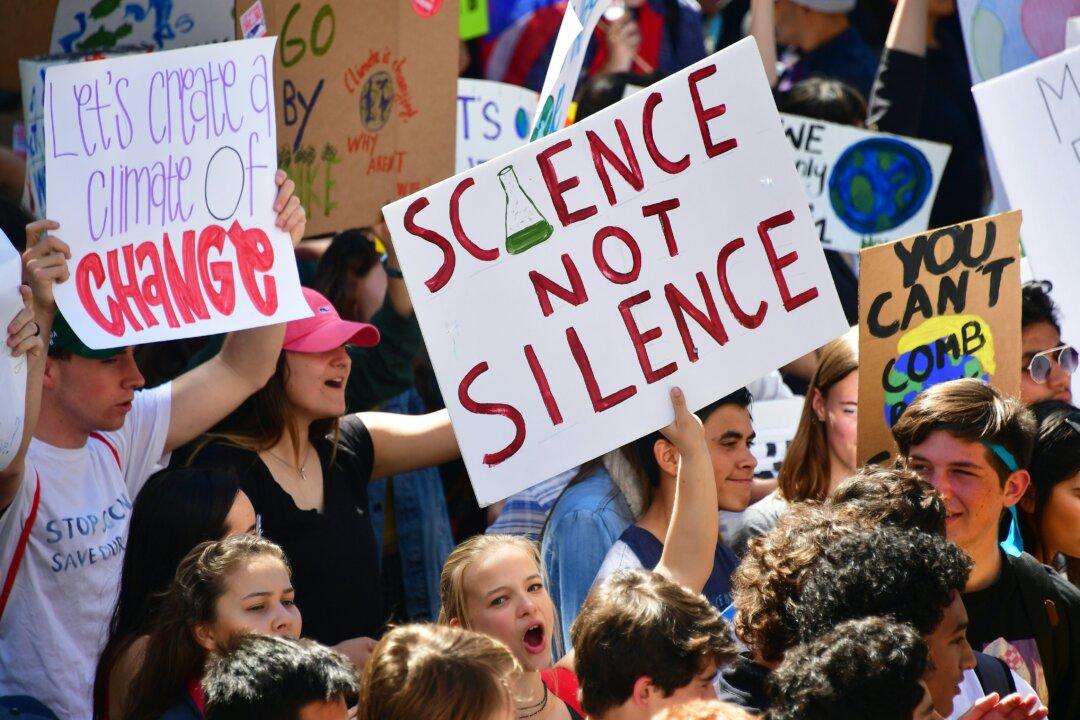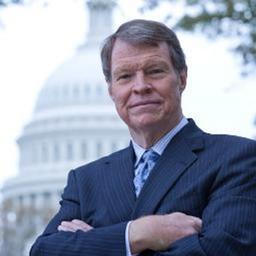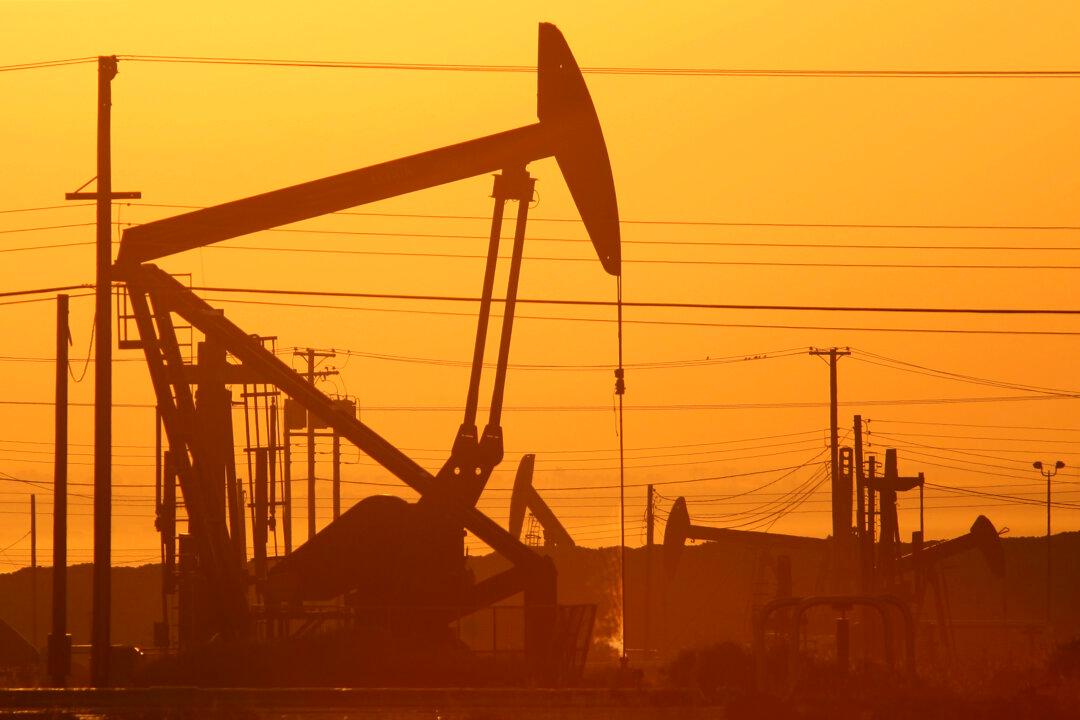Commentary
Climate models’ projections are notoriously inaccurate and often contradictory. In an effort to improve the science used by regulatory agencies, the Trump administration has made, and is still making, adjustments in the way the Environmental Protection Agency (EPA) and other agencies approach climate change and make the predictions that drive climate policies.



